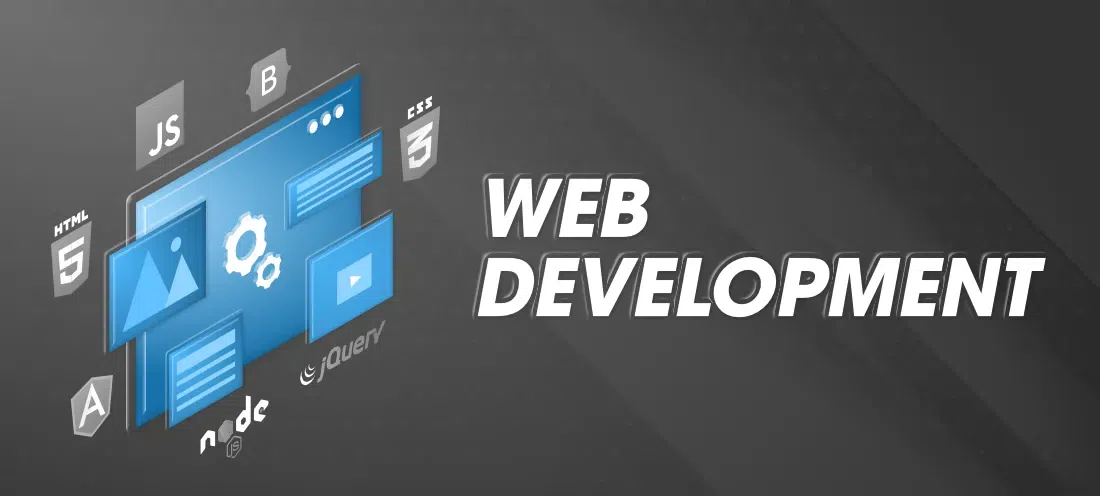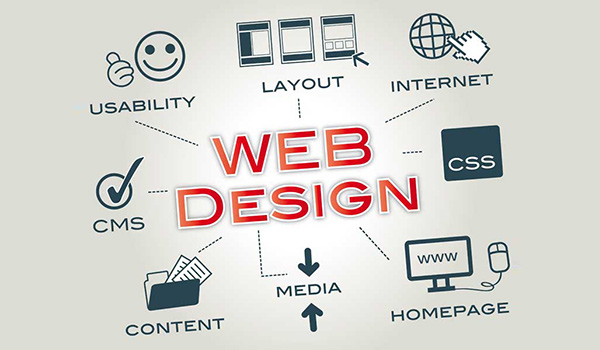Aligned Position Web Design: Comprehensive Web Design Solutions for Small and Large Businesses
Aligned Position Web Design: Comprehensive Web Design Solutions for Small and Large Businesses
Blog Article
The Best Kinds of Website Design to Improve User Experience and Involvement
In the ever-evolving landscape of digital interaction, the efficiency of Web style dramatically impacts individual experience and interaction. Different style techniques, such as minimal, receptive, and interactive formats, each deal one-of-a-kind benefits that can provide to varied individual demands.
Minimal Website Design
As digital landscapes end up being increasingly messy, minimalist Web layout has actually become an effective approach to enhancing customer experience. This layout ideology focuses on simpleness, concentrating on crucial components while removing unnecessary interruptions. By using sufficient white space, straightforward navigating, and a minimal color palette, minimalist design cultivates clearness and directs user focus to vital material.
The core principle of minimal website design is to develop a smooth interaction for users. By lowering cognitive tons, users can swiftly realize information without really feeling bewildered. This direct strategy not only boosts use but also urges interaction, as visitors are extra likely to check out a site that is easy and aesthetically attractive to browse.
Furthermore, minimalist layout usually highlights typography and images, making use of these components tactically to share messages efficiently. This emphasis on vital components can boost brand identity and develop an unforgettable user experience. Basically, minimal website design is not simply a trend; it is a thoughtful technique that recognizes the relevance of user-centered layout. By removing peripheral elements, developers can develop a more appealing, effective, and delightful Web experience for all individuals.
Responsive Website Design
In today's diverse digital atmosphere, receptive Web style has actually come to be important for producing a smooth customer experience throughout a multitude of gadgets. As individuals gain access to internet sites on smart devices, laptop computers, tablet computers, and desktop computers, the capability of a website to adapt its layout and web content to various display sizes and resolutions is vital.
Receptive website design utilizes flexible grids, images, and CSS media questions to make certain that Web material exists optimally, despite the device utilized. This method not only boosts the aesthetic charm of a website yet likewise dramatically improves use. Customers are more probable to engage with a site that supplies a constant experience, as it gets rid of the irritation of needing to zoom in or scroll excessively.
By embracing receptive design, organizations can improve their exposure and reach a broader target market. In recap, responsive Web style is a fundamental method that boosts user experience, involvement, and total satisfaction.
Interactive Website Design
Responsive website design lays the foundation for boosting user experience, however interactive website design takes this an action further by engaging individuals in a much more vibrant way - Aligned Position Web Design. By integrating elements such as computer animations, clickable models, and real-time responses, interactive Web style captivates users, drawing them right into a richer surfing experience
This approach not only promotes involvement yet also encourages users to check out material actively rather than passively consuming it. Methods such as gamification, where individuals make benefits for finishing jobs, can considerably improve the moment invested on a website and boost total complete satisfaction. Interactive functions can streamline complicated info, making it much more delightful and digestible.

Including interactive style elements can additionally result in greater conversion rates, as individuals are more probable to engage with a website that proactively involves them. Aligned Position Web Design. Eventually, interactive website design transforms user experiences into remarkable journeys, guaranteeing that site visitors return time and again
Apartment Layout
Identified by its minimalistic technique, flat design stresses simplicity and functionality, learn this here now removing away unneeded components and concentrating on vital functions. This style ideology prioritizes functionality, making sure that customers can browse user interfaces effortlessly and performance. By utilizing a clean aesthetic, flat style gets rid of the mess usually located in extra luxuriant designs, consequently boosting individual concentrate on material and functionality.
The hallmark of flat design hinges on its usage of vibrant shades, easy typography, and geometric shapes. These elements add to a visually enticing user interface that is both contemporary and approachable. In addition, level design fosters a feeling of clearness, allowing customers to recognize essential activities and info without interruption.
Furthermore, level style is specifically efficient in receptive Web design, as its simpleness equates well across numerous gadgets and screen dimensions. The absence of detailed structures and gradients decreases packing times, which is vital for maintaining customer engagement. As electronic landscapes continue to advance, level design continues to be a relevant selection for creating straightforward web sites that enhance general experience. By focusing on necessary features, level design not only satisfies individual demands but likewise useful site encourages seamless communication, making it a vital element of reliable website design strategies.
Flexible Web Layout
Adaptive Web design personalizes the individual experience by creating numerous taken care of formats customized to various screen sizes and tools. Unlike receptive design, which fluidly changes a single design, adaptive style employs unique designs for certain breakpoints, ensuring optimal presentation on various platforms. This strategy allows designers to focus on the unique qualities of each device, enhancing functionality by providing exactly what individuals need based on their context.
One of the key benefits of flexible website design is its capability to enhance load times and performance. By offering customized material and images that fit the user's tool, internet sites can decrease data usage and improve loading rates. This is specifically beneficial for customers with slower links or restricted information strategies.

In addition, adaptive layout promotes a more consistent and regulated branding experience. Since designers develop multiple designs, they can make certain that the visual aspects straighten with the brand's identity throughout various systems - Aligned Position Web Design. This leads to a natural individual experience, improving involvement and promoting individual retention
Verdict
To conclude, the integration of minimal, receptive, and interactive Web design concepts significantly enhances individual experience and interaction. Minimal design promotes clearness and emphasis, while receptive layout ensures versatility across numerous tools, advertising ease of access. Interactive design mesmerizes individuals with vibrant elements, encouraging exploration and personalization. Collectively, these design approaches add to the development of user-friendly environments that not only enhance contentment yet additionally drive greater conversion prices, emphasizing their critical importance in contemporary website design approaches.

Minimal layout cultivates clarity and focus, while responsive design guarantees versatility throughout numerous devices, promoting ease of access. Collectively, these style approaches contribute to the development of user-friendly atmospheres that not just enhance contentment yet additionally drive greater conversion prices, highlighting their crucial significance in contemporary Web design strategies.
Report this page